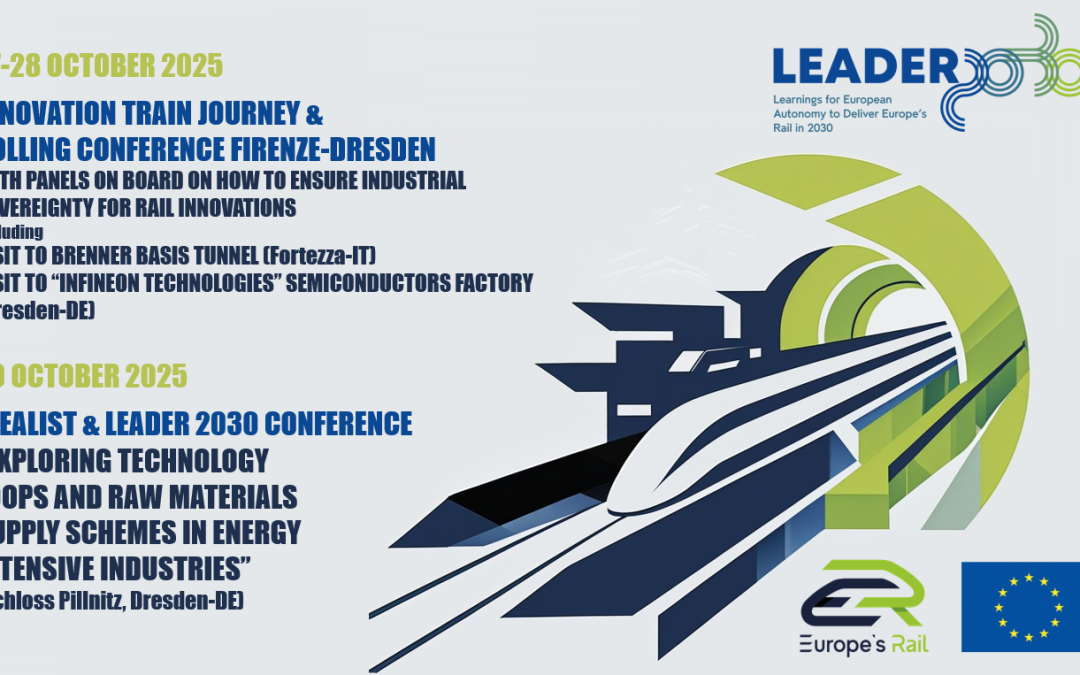How can we build on the progress made so far to make rail travel truly accessible, affordable and reliable for...
TE13 Enabler 13

Work Packages
Currently available work packages:
WP20 Improved aerodynamic, development & demonstration
Improving the aerodynamics of trains, especially conventional as well as high speed trains, by proposing innovative solutions and improving evaluation methods is an important way to contribute to the environmental sustainability of railway systems. It must be considered that conventional rail trains (i.e., trains in the 140 – 200 km/h speed range which are the backbone of the European rail system) are usually not streamlined and the roofs host various equipment, and therefore it is possible to lower drag by optimising the roof equipment positioning and geometry. The conceptual development of generally applicable and lower cost designs for low drag vehicles is important and will be conducted. The optimisation the roof surfaces and a better control of the current tools (CFD, for example enhanced Reynolds Averaged Navier Stokes (RANS) or Large Eddy Simulation (LES) methods, wind tunnel, ….) and their limits will make it possible to reduce the aerodynamic drag and crosswind forces on the train and thus to reduce the energy consumption of the trains or increase their autonomy and safety. Especially the possibility of virtual tests, numerically as well as experimentally, will lead to an enhanced design and homologation process. This work will contribute to LCC reduction by means of virtual certification and NGR/CO2 reduction by means of drag reduction.
Public Deliverables
Currently available deliverables:
All deliverables, results and publications herewith provided reflects only the author's view and the EURAIL is not responsible for any use that may be made of the information it contains.
















